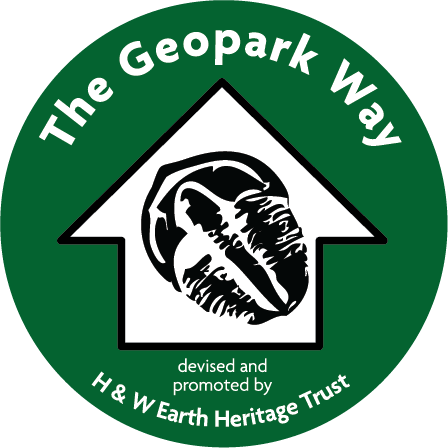Worcester City Museum has a geological collection of around 12,000 specimens. It contains a wide variety of geological material – rocks, fossils, minerals, ores, gemstones, meteorites and models. Most specimens are from British sites and range in age from the Precambrian to the Quaternary, representing around 2000 million years of the Earth’s geological history.
The strength of the collection lies in its comprehensive range of the local fossils and rocks, particularly those from the Malvern Hills – one of Britain’s most important classic geological areas. However, the collection also has superb minerals and surprisingly interesting vertebrate fossils. Many specimens are of excellent quality and others can no longer be collected today.
The Collection was mainly assembled in the 19th Century. Many specimens were collected during the construction of the railways and others came from sites that no longer exist or are now protected.
Some specimens are just beautiful and fascinating objects, others are scientifically important specimens and therefore the collection has national significance.
Rocks, fossils and minerals are displayed in the museum gallery, including an Iguanodon footprint, a three toed dinosaur of the cretaceous period, who made this footprint over 130 million years ago. An Ice Age display complete with Woolly Mammoth tusk, Hippopotamus vertebra and Red Deer antler transports you back in time to the birth of the River Severn. Well worth a visit!
Explore the Geology and Landscape around Worcester Museum
- Geology and landscape trails in the immediate area are:
- ‘Explore’ Worcester Cathedral – A building Stones trail guide, available from the Cloisters shop in the Cathedral
- ‘Explore’ Worcester City – A building Stones trail guide, available from Worcster City Tourist Information Centre
Explore the bedrock and superficial geology of Worcester City on the British Geological Surveys ‘Geology of Britain Viewer’ – click here to be directed to their webpage



